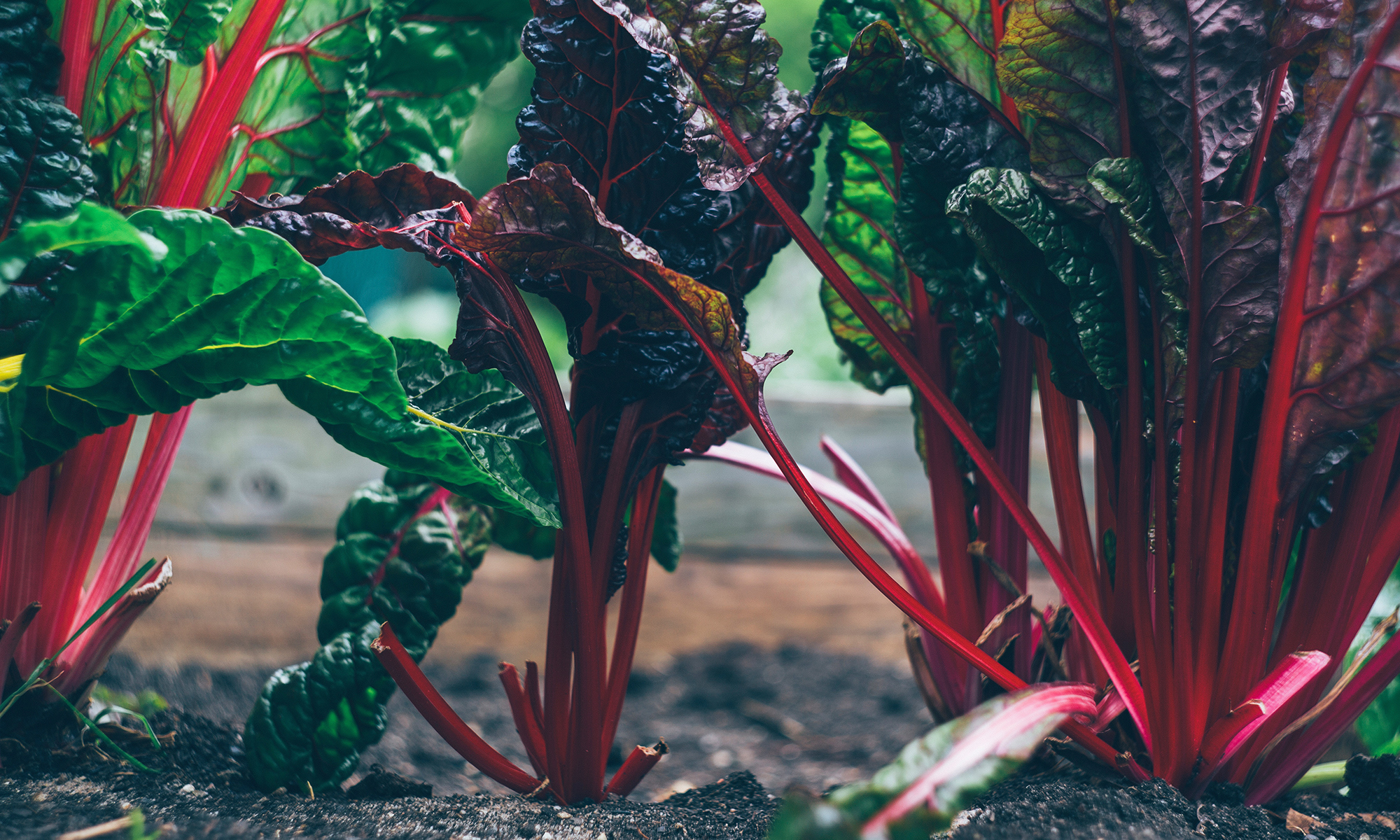All the vendors at Biba (the restaurant I worked at in the mid 1990’s) had nicknames. Among others, there were Eva the lamb-lady and Eva the herb-lady… on a regular basis they’d pop out of the back elevator with bags of herbs or a baby lamb dangling over a shoulder.
I don’t know what happened to the lamb lady, but I started seeing Eva Sommaripa’s name at Whole Foods. Her business had grown and expanded to include selling to such large retail stores. I was thrilled for her.
Around the same time, I met Didi Emmons. She was the chef at the Delux Café, a funky little bar in the South End. She built a name for herself with bold flavors and straightforward food, first in this tiny kitchen and then through her first cookbook, Vegetarian Planet. She would test recipes for her cookbook in the basement kitchen of the café, using them as specials. It was in her café that I had my first chance “guest-cheffing." And together we taught cooking classes for Share Our Strength.
How fun for me, now, to see Didi and Eva paired up to write a cookbook about Wild Flavors and fresh herbs. Their book comes out this week and I can’t wait to see it.
Wild Flavors follows a year at Eva’s Garden through the seasons, showcasing Emmons’ creative talents, using absolutely fresh herbs and wild edibles. The author profiles 46 plants, with growing instruction, as well as details on preparation, storage, preservation and health benefits. The book offers readers an inside look at the exchanges between chefs and farmers.
Long-gone are the days of Didi and I teaching low-income families about cooking, nutrition and food budgeting, but Didi still works with a social mission in mind. She’s been the chef at the Haley House for the last 5 years.
Infused with the rich diversity of the area, Haley House Bakery Café does more than fill the neighborhood with the aroma of healthy, delicious food. It breathes life into Dudley Square by providing a place where all are truly welcome. The Bakery is also a workplace for men and women that face significant barriers to employment. Visitors can feel good about eating flavorful locally sourced food while supporting their community and enjoying the work of local artists.
A model of social enterprise, Haley House Bakery Café promotes the physical, economic and social well-being of the community. Our programs provide on-the-job training for those seeking to become financially independent and introduce young people to the power of cooking from scratch and making other healthy life-style decisions.
On October 16th, You can buy the book, support the Haley House and sample some of the amazing recipes in Wild Flavors!
WILD FLAVORS:
A Fundraiser for Haley House Bakery Café, celebrating the Publication of Founding Chef Didi Emmons’ New Cookbook
Guest chefs include Robert Mancuso (The Country Club, Chestnut Hill), Asia Mei (Sam's at Louis), Patrick Connelly (formerly of Bobo, NYC) and Doug Rodrigues (Clio).
October 16th, 3-6pm at Haley House Bakery Café, 12 Dade Street, Roxbury, MA/617 445 0900
Tickets are for purchase ($100) here.
